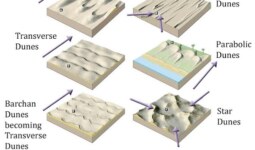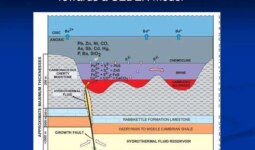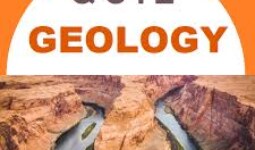Porosity Definition
Porosity refers to the amount of empty space or voids within a material or substance. It is often expressed as a percentage of the total volume of the material, with the remaining percentage being occupied by the solid material.
Porosity can be found in a wide range of natural and synthetic materials, including rocks, soils, ceramics, metals, polymers, and composites. The amount of porosity can have a significant impact on the properties of the material, such as its strength, stiffness, thermal and electrical conductivity, and ability to absorb fluids.
In some cases, porosity can be intentionally introduced into a material for specific purposes, such as increasing its ability to absorb or filter liquids or gases. In other cases, porosity may be considered a defect, as it can weaken the material and reduce its overall performance.
Types of Porosity
There are different types of porosity depending on the origin, size, shape, and distribution of the voids within a material. Some common types of porosity include:
- Intergranular porosity: This type of porosity occurs between the grains or crystals of a material, such as in rocks and ceramics.
- Intraparticle porosity: Intraparticle porosity refers to voids or channels within individual particles, such as in porous catalysts or adsorbents.
- Vuggy porosity: Vuggy porosity refers to irregular, interconnected, and often large voids or cavities that form in some types of rocks, such as limestone and dolomite.
- Fracture porosity: This type of porosity occurs in materials that have undergone fracturing or faulting, such as rocks or concrete.
- Microporosity: Microporosity refers to very small pores or voids with diameters less than 2 nanometers. They can be found in many materials, including activated carbon, zeolites, and clay minerals.
- Macroporosity: Macroporosity refers to larger pores or voids with diameters greater than 50 micrometers. They can be found in some types of soils, sediments, and rock formations.
Understanding the different types of porosity is important in many fields, such as geology, materials science, and engineering, as it can affect the behavior and properties of materials in various applications.
What cause Porosity?
Rock porosity can be caused by a variety of natural processes, such as sedimentation, diagenesis, weathering, and deformation. Some of the main factors that contribute to rock porosity are:
- Depositional environment: The environment in which sediment is deposited can affect the size, shape, and distribution of the particles that make up a rock. For example, a river or beach environment may result in well-sorted and rounded grains, while a glacial environment may produce poorly sorted and angular grains.
- Diagenesis: This refers to the physical and chemical changes that occur in sedimentary rocks as they are buried and subjected to increasing pressure and temperature. Diagenesis can cause compaction, cementation, and recrystallization of the rock, which can either reduce or increase porosity.
- Weathering: Weathering refers to the breakdown of rock by physical and chemical processes, such as erosion, freezing and thawing, and dissolution. Weathering can create voids and fractures in rocks that can increase porosity.
- Deformation: Deformation refers to the process by which rocks are subjected to stress and strain, which can cause them to fold, fault, or shear. Deformation can create fractures and other types of discontinuities in the rock that can increase porosity.
The degree of rock porosity can have important implications for resource exploration, such as oil and gas reservoirs or groundwater aquifers, as well as for engineering applications such as construction of buildings, tunnels, and dams




Leave a comment